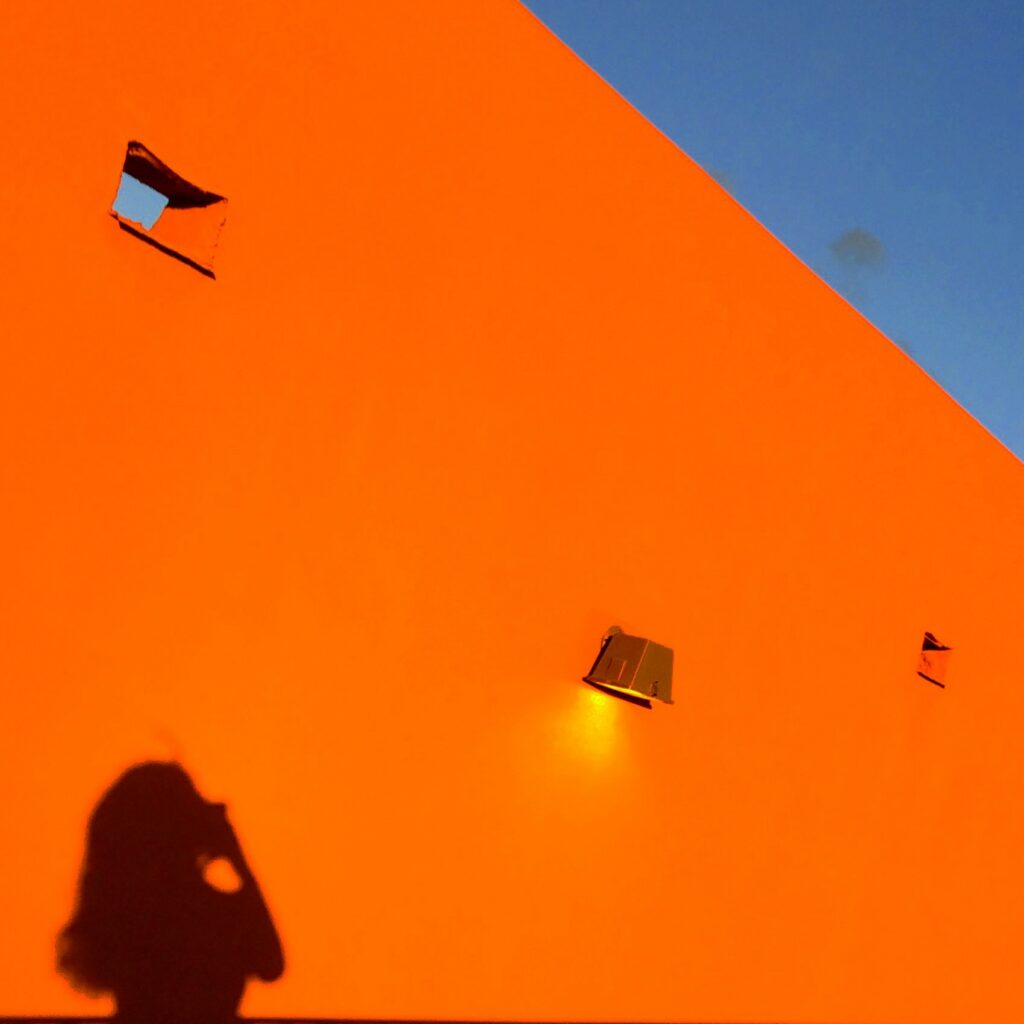My Twitter feed preaches empathy, curiosity, adventure. Being curious, connecting with others (people of all walks of this life) and maintaining boundless adventure all contribute to the notion of a beginner’s mindset. In a way, each pathway keeps the heartbeat of this approach alive. Published in February, the essay below caught my eye earlier today. It’s a true secret of innovation.
It’s tempting to think of innovation as a rare skill belonging to a specific class of people—the visionaries, the creatives, the rule-breakers. But actually, it’s a muscle that we’re all naturally equipped with. We just need to get in the habit of using it.
At Warby Parker, we encourage employees to approach the world with a beginner’s mindset (it’s a Buddhist concept). This means banishing preconceptions and embracing curiosity. Experts have ready-made solutions; beginners have questions that may ultimately lead to better, newer solutions.
Because many of us spend a good portion of our lives working towards some form of expertise, it can feel counterintuitive to “think like a beginner”. If you do have expertise, there are ways to give yourself a fresh perspective: surround yourself with non-experts, interview first-time customers, shop your own website. Hire whip-smart people from outside of your industry.
Creating a habit of innovation in employees comes down to one simple act: asking for it. Constantly. We ask employees to submit a weekly “innovation idea” regarding absolutely anything, from product to office space. When employees know they’ll be asked for a new idea every week, the habit of generating ideas becomes ingrained.
Another key to generating innovation is to value innovation. It sounds obvious, but look at it this way: if we collected ideas but never implemented them, it would prove to employees that we don’t actually value their creative energies. Instead, we give real weight to these ideas and put resources behind them. Our Annual Report was initially the result of a junior designer proposing that idea. We’ve pursued big things— new products and collaborations— as a result of employee ideas. And we’ve also pursued small ideas, like one team member’s request to install an office ping-pong table.
Speaking of ping-pong, it’s crucial to create a physical environment that encourages people from different departments to collide. By now, the sight of a ping-pong table (or foosball, air hockey—insert table sport of your choice) at a start-up is a cliché. But it’s a useful cliché. The Warby Parker ping-pong table is one of the few places where a copywriter will naturally spend twenty intense minutes with a Front End Developer. Games are a bonding experience.
Be deliberate about creating moments for people of different departments to learn from one another. We schedule “formally informal” Demo Days where each department can show off the coolest stuff they’re working on and answer questions from coworkers. (Formal in the sense that we schedule them months in advance and prepare intensively; informal in that we also serve tacos.) We host Hackathons that include employees from the whole company, not just the tech-centric teams. And ping-pong tournaments. And Happy Hours. The list goes on.
Another aspect of innovation is learning. Humans are naturally curious—anyone who’s spent time with a toddler knows that a hunger to figure things out is a primal motivating force. Learning also leads to ideation: the more you know, the more you imagine. We’ve institutionalized learning in a few ways— by creating employee book clubs and establishing Warby Parker Academy, a program that offers free workshops on everything from frame design to public speaking to retail real estate to fantasy football. Learning naturally leads to cross-pollination and ideation. Ideation can lead to action. Action is how innovation comes to life.
Along with urging employees to think big, we give them the tools to jump in and execute ideas, starting with baby steps and prototypes to get the ball rolling. (“Take action” is one of our core values.) At the end of the day, innovation is part inspiration and part discipline.
We were incredibly excited to be named this year’s Most Innovative Company in the pages of Fast Company. What’s even more exciting? The fact that anyone can use these tools in pursuit of the new.
The Secret to Innovation essay via LinkedIn
